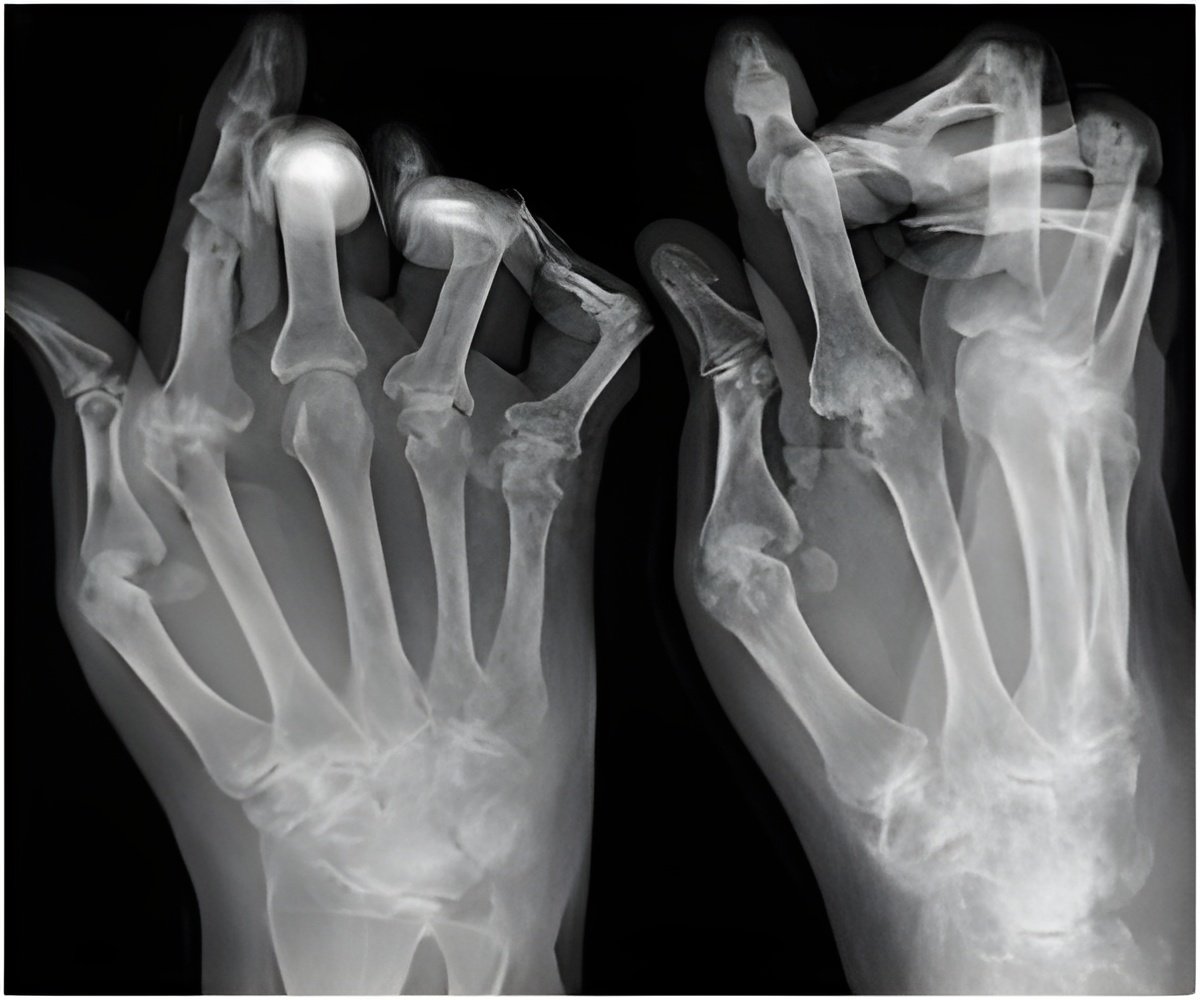
‘The discovery points to a potential new treatment for the autoimmune disorder and may also allow the use of a simple blood test to detect people at elevated risk for developing the condition.’
Tweet it Now
Understanding Rheumatoid Arthritis The new findings about rheumatoid arthritis came in an unexpected fashion. Sanja Arandjelovic, PhD, a research scientist in the Ravichandran group, was seeking to better understand what causes the inflammation associated with inflammatory arthritis when she noted that deleting a gene called ELMO1 alleviated arthritis symptoms in mice. This was particularly surprising because Arandjelovic and Ravichandran initially thought that loss of ELMO1 would result in increased inflammation.
"This was a complete surprise to us initially," recalled Ravichandran, chairman of UVA's Department of Microbiology, Immunology and Cancer Biology. "I love those kinds of results, because they tell us that, first, we did not fully comprehend the scientific problem when we began exploring it, and, second, such unexpected results challenge us to think in a different way. Given that rheumatoid arthritis affects millions of people worldwide, we felt the need to understand this observation better."
Digging deeper into the unusual outcome, the researchers determined that ELMO1 promotes inflammation via their function in white blood cells called neutrophils. Ravichandran described neutrophils as the body's "first line of defense" because they sense and respond to potential threats. "Normally they are good for us, against many bacterial infections," he said. "But also there are many times when they produce a lot of friendly fire that is quite damaging to the tissues - when they hang around too long or there are too many neutrophils coming in - in this case, infiltrating into the joints during arthritis."
The researchers also discovered that there is a natural variation in the ELMO1 gene that can prompt neutrophils to become more mobile and have the potential to invade the joints in greater numbers and induce inflammation. (The potential blood test would detect this variation.)
Advertisement
Encouragingly, blocking ELMO1 in lab mice alleviated arthritis inflammation without causing other problems, Ravichandran noted. His laboratory is now seeking to identify drugs that could inhibit the function of ELMO1 and is also designing a test for the variation (also called polymorphism) in the ELMO1 gene.
Advertisement
Source-Eurekalert















